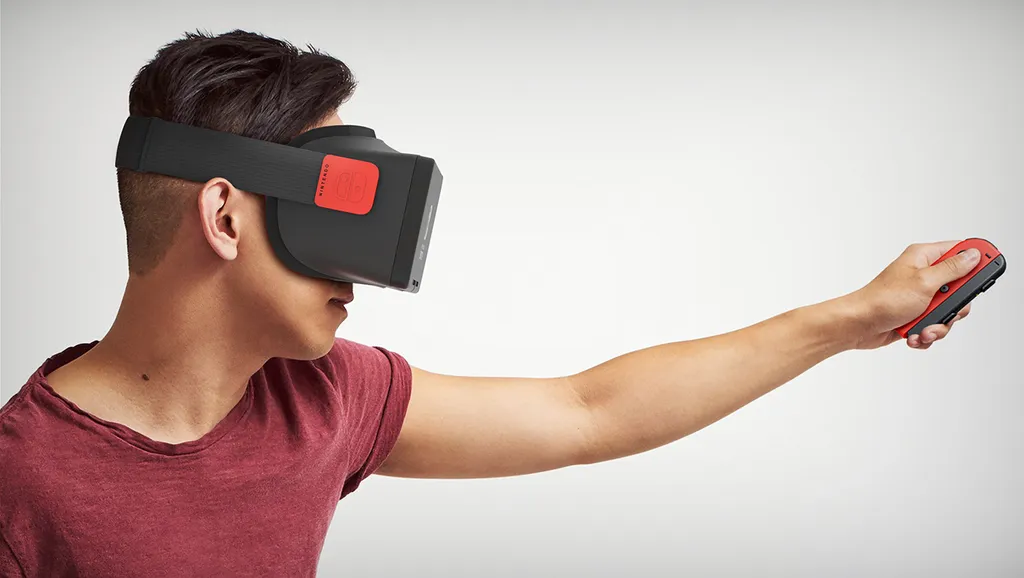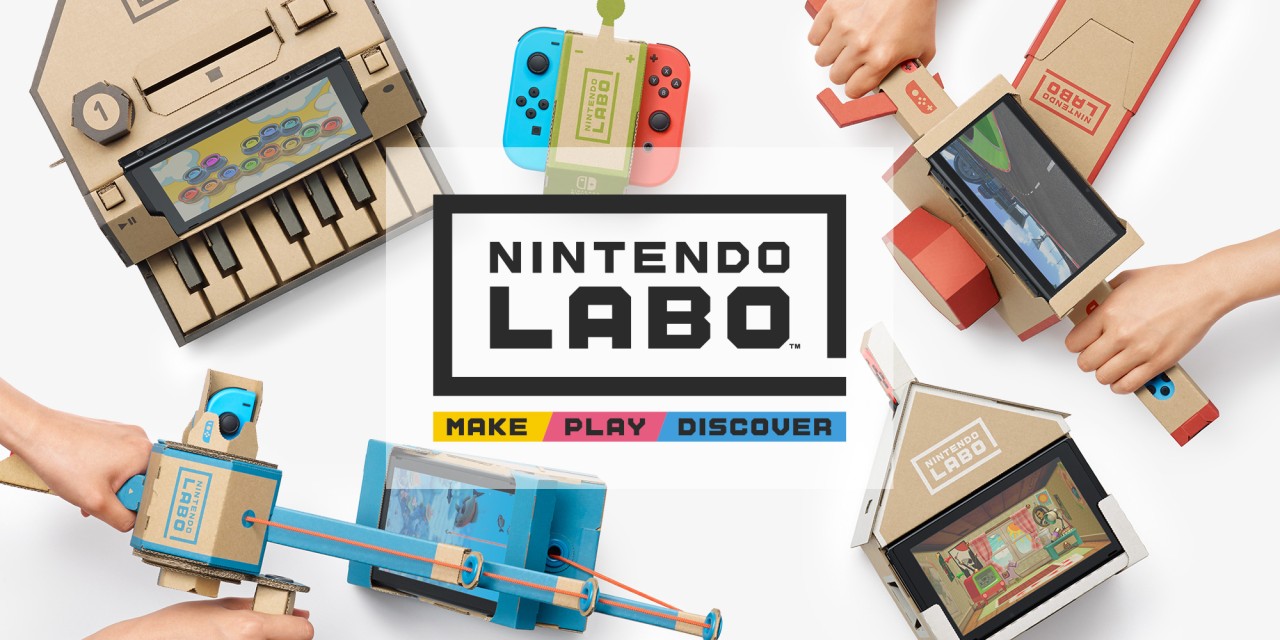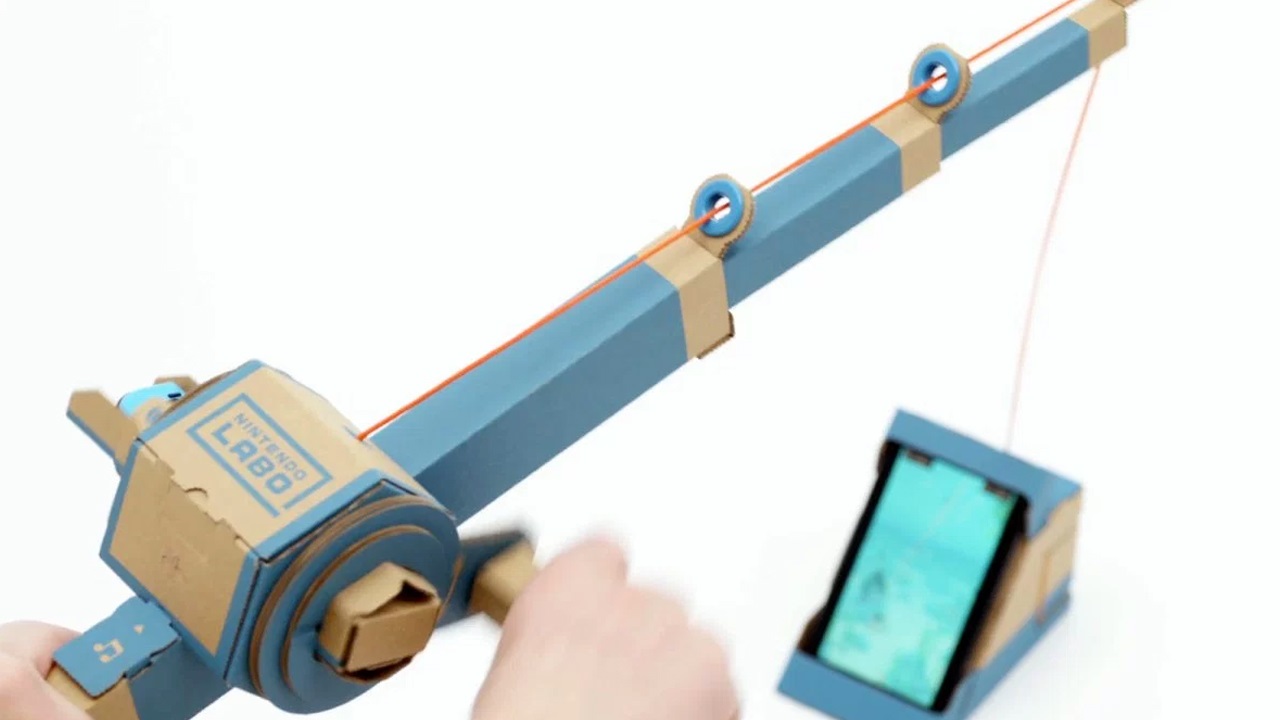Late last week rumors popped up suggesting Nintendo is getting into VR in 2019. Reports didn’t reveal much other than that the company could release a headset compatible with its Switch console as part of its Labo line. Past patents and a little data mining support the idea that the Switch could go VR, despite the company’s long-voiced skepticism. We’re still taking the reports with a pinch of salt, but they do paint an interesting picture.
On paper, it’s an exciting premise. Zelda, Metroid, Mario Kart and more in VR? Where do we sign up?
Anyone with even passing knowledge of how headsets work will have some questions, though. Everyone knows that the best VR requires a high-resolution display, six degrees of freedom (6DOF) tracking and beefy processing power to work. The Switch, with its 720p onboard screen, 3DOF motion controllers and Nvidia Tegra X1 processor, doesn’t tick any of those boxes. It’s possible that any VR headset peripheral could include a better screen, more horsepower and 6DOF inside-out tracking, but it seems like a tall order.
But maybe Nintendo doesn’t need to push for high-end VR, at least not yet. Maybe it’s got more modest plans for its VR beginnings.
I see Nintendo’s first VR outing as potentially more of an accessory than a platform. It may be similar in concept to Google Daydream or Gear VR but with more manageable ambitions. Instead of aiming to sell millions of units and pave the path for the future of Nintendo, we might be talking about something closer to, say, the Switch’s Poke-Ball Plus or the Wii Fit balance board. Heck, even the GameCube’s Donkey Konga bongos are an apt comparison.
It’s the possible inclusion in the Labo line that’s key here. Launched last year, Labo is a range of accessories built out of cardboard that let you play different minigames. You can assemble a makeshift fishing rod and sit out by the lake, for example, or build a motorbike handle and lean from side-to-side as you perfect lap times. I can see any VR efforts fitting in with these design principles quite nicely.
Nintendo’s fears about VR are well-documented and inform whatever decisions they’re making about it. It seems unlikely, to me at least, that Nintendo would risk making a VR game that could make you sick (they already went down that road). I would highly doubt, for example, that the company is working on a VR-conversion of Super Mario Odyssey that lets you run, jump and fall in VR.
But a stationary fishing game? One where you need to simply flick your Joy-Con up and down to haul in a catch? Something kids could play and is design to be experienced in short bursts? That seems far better suited to the Nintendo I know. It’s also less demanding on the processor and side-steps any fledgling concerns of VR violence.
I see Switch VR being less of a platform and more of a peripheral. Something self-contained that has its own collection of much smaller experiences. That doesn’t mean we can’t see spin-offs like the Wii-era Link’s Crossbow Training or new games in better-suited franchises like Mario Party and WarioWare. Whereas Oculus says Quest could complete with Switch, somewhat ironically I see Switch VR going head-to-head with Go.
All that said, one puzzle piece I can’t quite fit in my mind is the age range. VR has, historically, not been a kid-friendly technology. But Labo is a child-focused initiative, even more so than the rest of Nintendo’s offerings. Still, Google is bringing VR to classrooms and Nintendo did launch the 3DS even in the face of concerns. Maybe the company is preparing a headset design that would alleviate some of the concerns adults may have, but what that would look like remains a mystery to me.
That only leaves the display, which is something of a sticking point. In 2019, the thought of going back to an Oculus Rift DK1-era screen makes us wince. But, then again, the very nature of the Switch is that it plugs into higher-resolution displays. Maybe any such device could already house a custom 1080p panel akin to Sony’s PSVR headset. You can find PSVR units for as cheap as $199 in sales, and I could see this costing less.
Small beginnings could lead to brighter futures. By not burdening itself with the heavy expectations that other VR companies hold, Nintendo may lay an exciting foundation. Let the others figure out how to pull off perfect immersion at the right price. Until then, we’ll see you out by the lake.






























